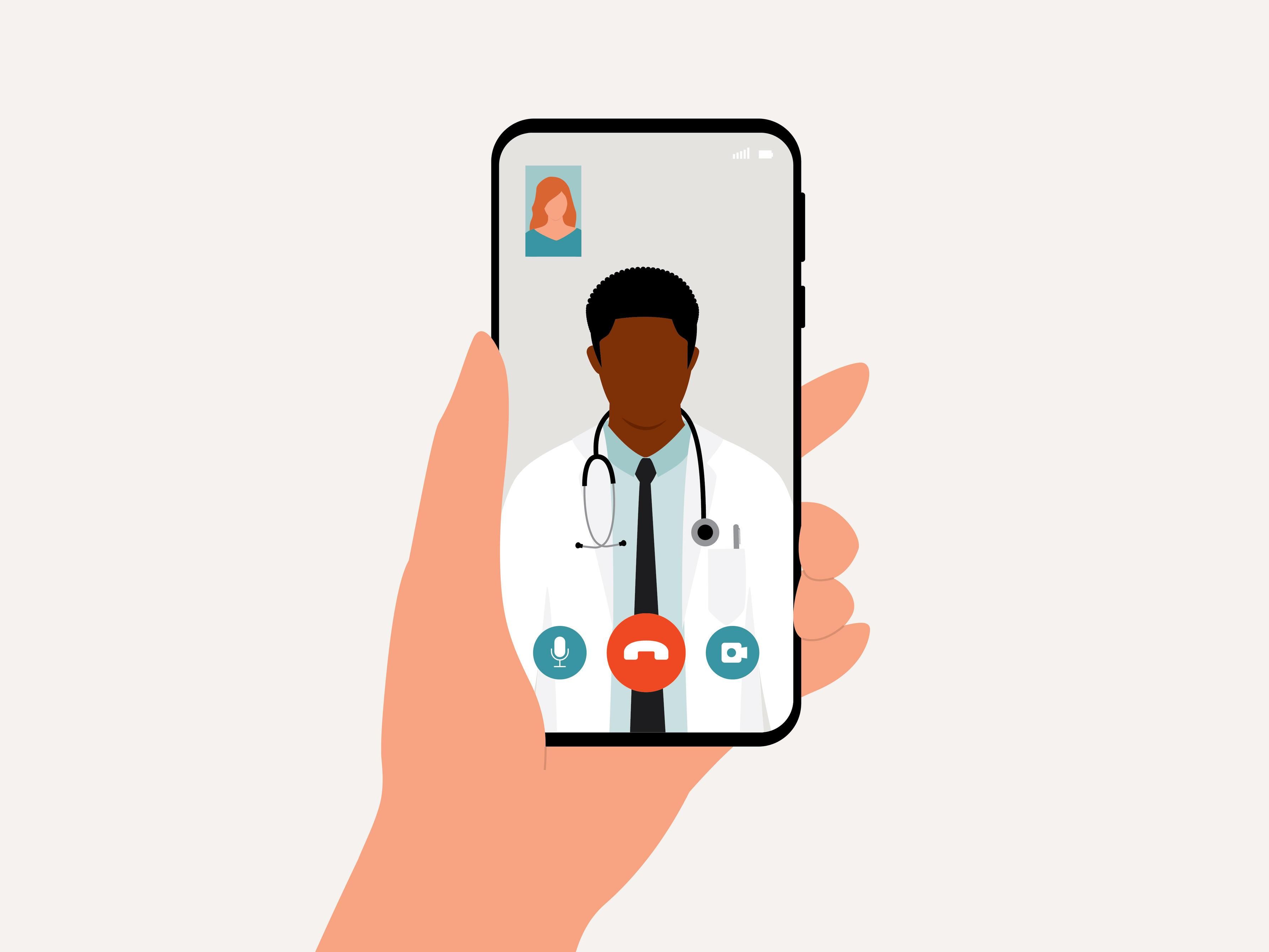.
The intervention of telehealth in chronic care management is increasing by the day. That’s primarily because it is an aspect of care that inflicts quite a heavy toll on the healthcare system, patients, and their families as well. But telehealth is key to solving many of the challenges or shortcomings that come with providing chronic care. Today, our facility discusses just what telehealth brings to the table for everyone involved in this care process. Let’s get down to business:
- The probability of hospitalization dwindles with telehealth chronic care
Chronic care management services high risks illnesses that require round-the-clock care including:
- Cancer
- Stroke
- High blood pressure
- And Diabetes, to mention a few
Telehealth reduces the risk of hospitalization for patients as physicians are constantly connected to important data about their patient’s conditions. So they’ll be able to spot red flags before a trip to the ER becomes necessary, thus offering medical intervention before push comes to shove. And we have the evidence to prove it as well. One California study assessed elderly patients in several nursing facilities. It emerged that emergency department transfers lowered by 80% with telehealth in the picture.
- Healthcare facilities can nurse their bottom line as well
If your healthcare facility doesn’t offer chronic care management solutions involving telehealth, you might as well be leaving money on the table. These programs afford a way for hospitals and clinics to reel in extra income. And we’re not just talking about Medicare reimbursements alone, which mind you have the potential to reel in an extra $180 monthly for each patient.
That aside, digital healthcare solutions like telehealth allow you to increase your customer base. Your capacity in terms of patient consultations or appointments increases, as you can offer virtual visits. Moreover, your practice also doesn’t miss out on patients who would be less likely to come in for an in-person visit and more inclined to communicate with you online. The added value of convenience also adds to your USP, further making your brand more appealing to leads.
- Your staff becomes more productive
Chronic care management comes with iterative procedures that require large amounts of resources, both time and otherwise. However, with telehealth in the mix, clinical workers can better use their time rather than spending it on data.
Telehealth, in combination with other technologies as well, can help automate or reduce the effort that goes into:
- Setting up and managing a medical database for your patients
- Following up with patients about appointments and other concerns
- Tracking patient vitals or conditions throughout the day and night
With telehealth services, we find that time goes away from mindless procedural processes and into improving the qualitative aspect of care dispensation. What’s more, with readily available patient data, clinical workers can enhance diagnostic yield and turnaround time. Diagnostic yield also improves because of the reduced role of human intervention, with automation implored in its stead instead.
- Patient outcomes improve in the long run
Above remaining profitable to ensure the doors stay open, every healthcare facility’s primary concern is to ensure the most positive health outcomes for their patients. It is an ongoing endeavor for most facilities and leveraging telehealth for chronic care management is an excellent way to ensure this.
In a nutshell, here are a few ways telehealth improves health outcomes as far as chronic care management solutions go:
- Patient education. Telehealth makes it easy for physicians to bring their patients into the loop. They can easily educate patients through virtual education while taking out cost, distance, and time factors that often stand in the way of this process.
- Better caregiver coordination: Physicians, patients and their caregivers being on the same page are also critical for recovery. With telehealth solutions and RPM technology at large, caregivers gain up-to-date information to guide daily living for those they watch over.
- Superior risk monitoring: Predictive analytics and artificial intelligence, in general, are also breaking barriers in chronic care management. Telehealth solutions are relying on predictive analytics to ensure the early detection of chronic illnesses, which is always a good thing for treatment and recovery.
Moreover, outcomes also improve as telehealth ensures continuity of care, which often breaks at the hospital’s door in the conventional healthcare model.
Telehealth makes chronic care better!
In America alone, 133 million people suffer from a long-term illness, according to revelations by the AHA. Most of these people, don’t have a shot at the quality of care they deserve due to an already struggling healthcare system that’s heaving under the weight of staff shortages. Telehealth is therefore the way forward for more inclusive chronic care that’s both efficient and effective. It is the answer to improving health outcomes and revenue. If you’d like to tap into these and more benefits of chronic care management solutions with telehealth, check out digital health solution provider Aura Health on their website for more details.



 Energetic dance performance under the spotlight.
Energetic dance performance under the spotlight. Taylor Swift in a purple coat, captivating the crowd on stage.
Taylor Swift in a purple coat, captivating the crowd on stage. Taylor Swift shines on stage in a sparkling outfit and boots.
Taylor Swift shines on stage in a sparkling outfit and boots. Taylor Swift and Phoebe Bridgers sharing a joyful duet on stage.
Taylor Swift and Phoebe Bridgers sharing a joyful duet on stage.













